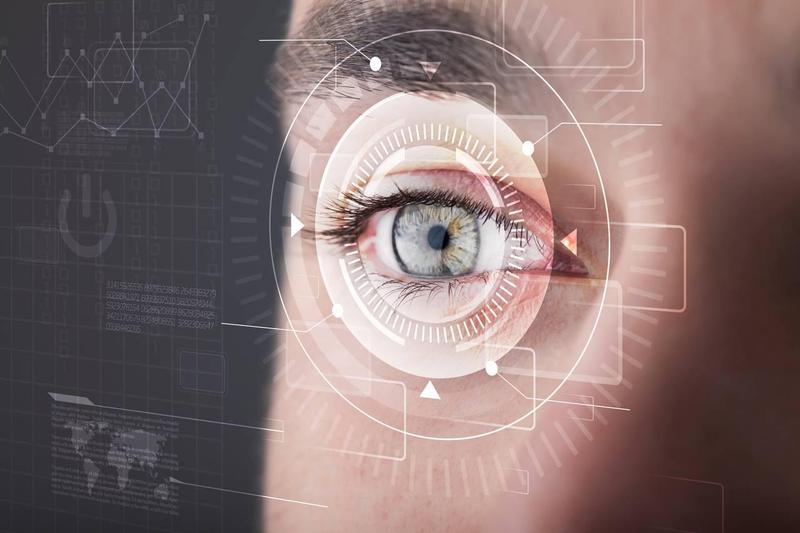Extraocular Implant
Extraocular Implant

History and culture Eyeball jewelry was first developed in the Netherlands as a radically new form of body modification in 2002. They were first developed at the Netherlands Institute for Innovative Eye Surgery and are sold there under the name JewelEye . The procedure is completely legal in the Netherlands if it is performed by a licensed ophthalmologist under sterile conditions. In Canada, several provinces have passed laws banning eye jewelry and sclera tattoos due to potential health risks, including in Ontario and Saskatchewan . The procedure Unlike subcutaneous implants and other new body modification procedures, the extraocular implant is currently only performed in a medical clinic setting. The procedure is relatively quick, but requires both eyes to be immobilized with pain-relieving drops, and that the layers of the eyeball where the implant is located are separated by an injection of fluid. Since very few people have undergone this procedure and it is relatively new, the long-term health effects are currently unknown. However, the website of the Netherlands Institute for Innovative Eye Surgery states that the implant does not affect the function of the eye, that is, visual ability and mobility. In addition, patient satisfaction remains high, and no side effects from treatment were observed over a follow-up period of more than one year. Jewelry Currently, the only jewelry supplier for this implant is Hippocratech bv from Rotterdam, the Netherlands . The implant is made of platinum alloy and is available in several basic shapes, including the euro sign, heart, musical note, clover or star, and other shapes can be made by the company on request. The size of the decoration is about 3 mm (1⁄8 inch) across. Extraocular implant - https://ru.qaz.wiki/wiki/Extraocular_implant
Be the first to post a message!